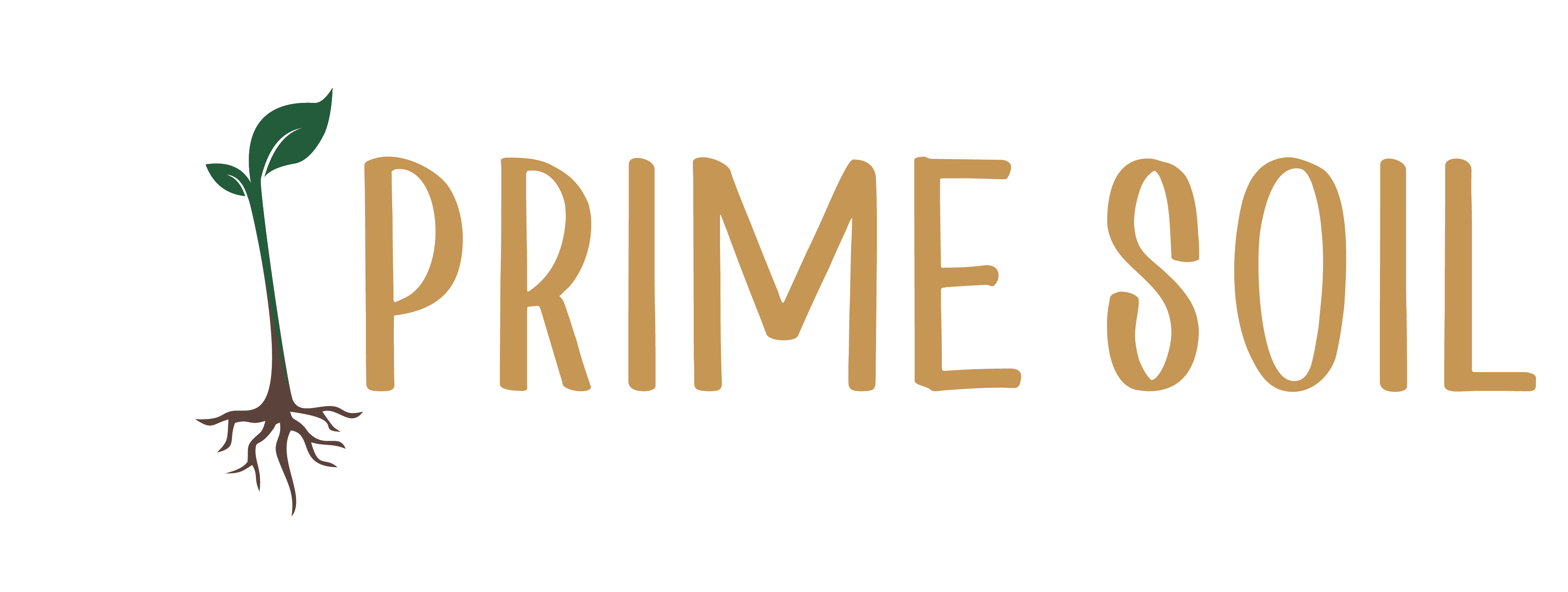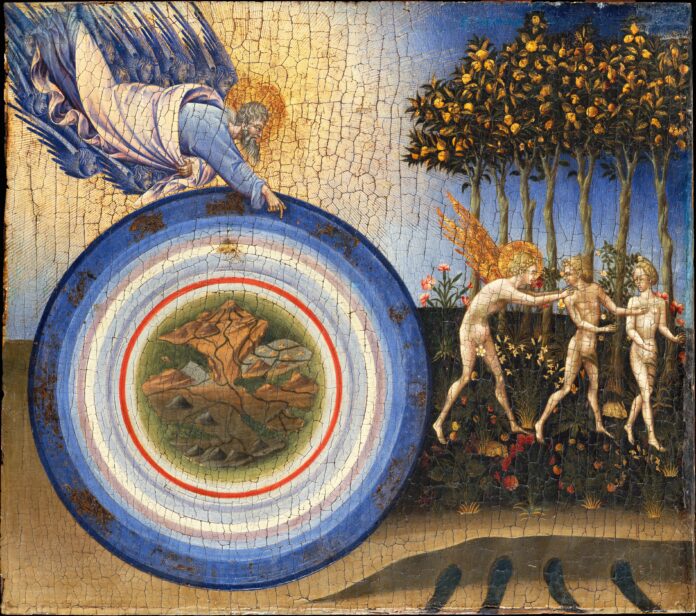The Trinitarian act of creation was completed for the purpose of revealing God and His love for us. While all of material creation has a structure and purpose, only the human race is given rational free will. Free will elevates man over all of material creation because free will is essential for love. By receiving free will, the human race is the only material creature that can love as God does. Thus, God who is Love and desires for His creation to be lovers like Him, gives us the ability to love and somebody to love in Himself and other humans.
Yet, if we have the ability to freely choose to love God, we must also have the option of choosing against God. Adam and Eve, the first man and woman, were created by God in the paradise of the Garden of Eden with everything they needed including the choice to love. Because God gave them only one tree that was off limits, they could have an easy choice of loving their heavenly Father by not eating the forbidden fruit.
But famously, Adam and Eve did eat from the forbidden tree and sinned which created a barrier between God and His people. Man had chosen against God and thus lost intimacy with Him.
But God did not create us to be separated from Him. He desired to bring us back to Himself, and in doing so He brought us even closer than before. The life, death, and resurrection of Jesus Christ will undo evil done in the Garden, crushing Satan’s power.
On the night before he died, Jesus leaves us the Eucharist which frees us from our sin, gives us a new tree of life, and restores and even deepens intimacy with God. No longer do we have to hide from God because of our sin, but rather in the Eucharist, God hides Himself in the form of bread and wine so that we can approach Him. Additionally, when we consume the Eucharist, we are drawn into His Body and become one with Him.
Originally published in Prime Soil Magazine | Vol. 1 No. 2
Originally presented at The 10th National Eucharistic Congress in July 2024


